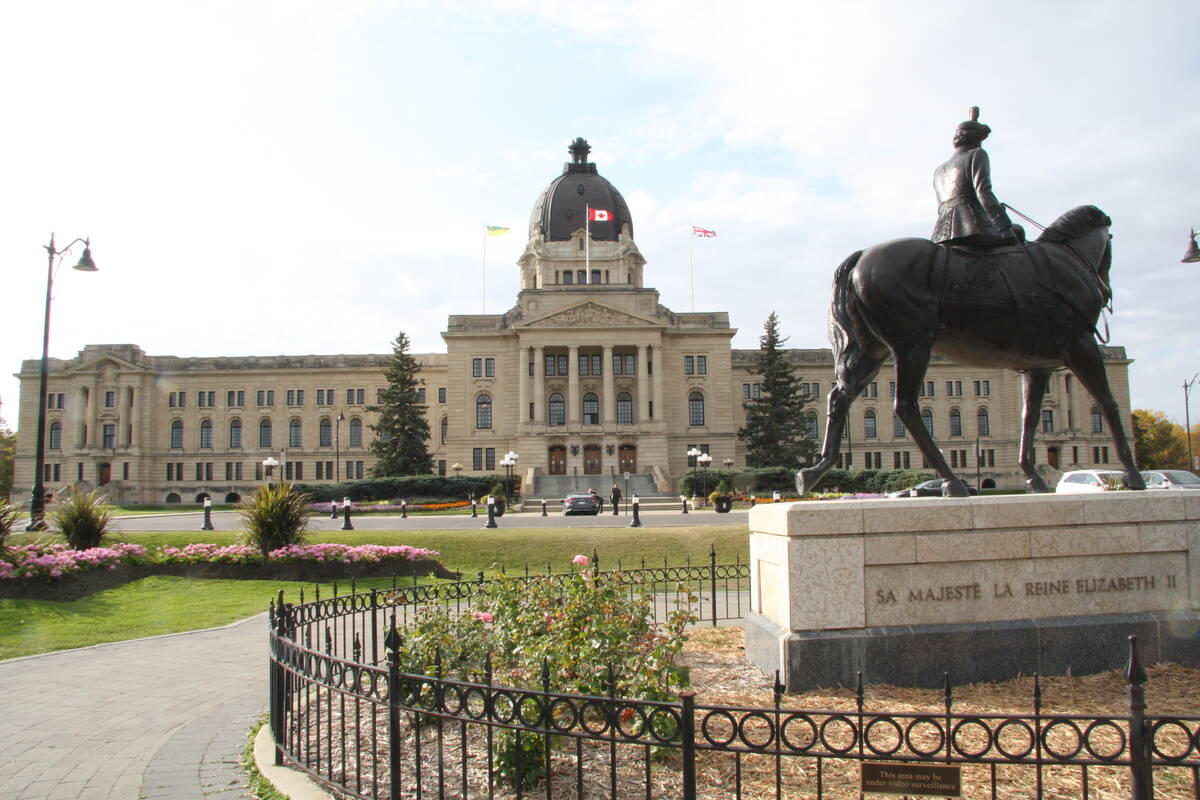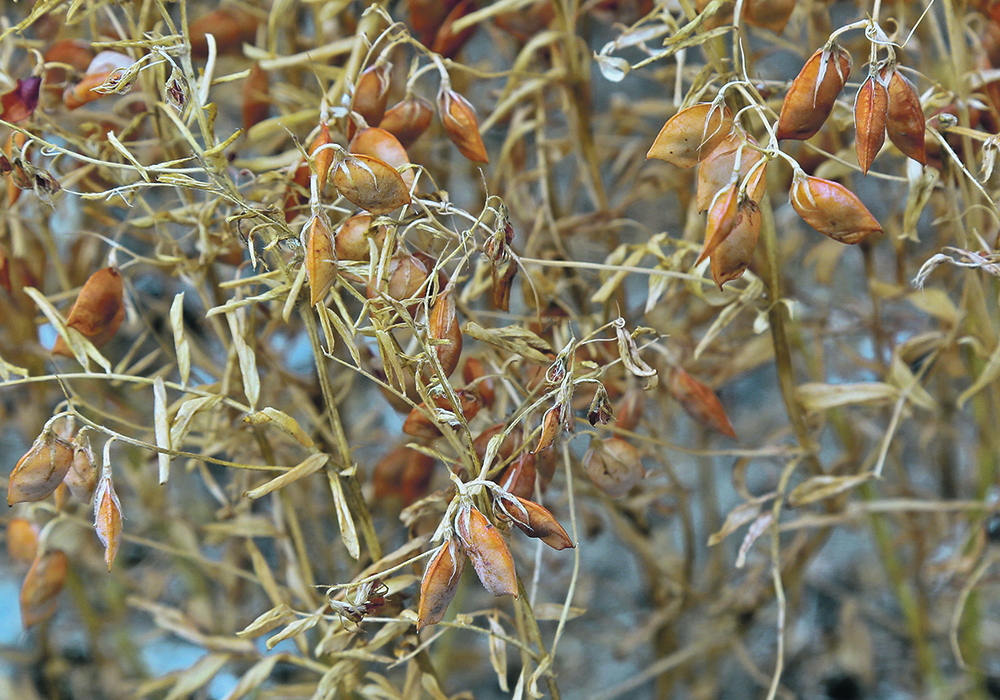Organization expects to raise $17 million through its producer levy this year, which would be the highest in its history
Saskatchewan Pulse Growers is in the boom phase of its boom or bust levy cycle.
The organization is budgeting a whopping $17 million of levy revenue in 2022-23, due to high pulse prices.
To put that in perspective, the Saskatchewan Canola Development Commission is budgeting $7.8 million for that same timeframe.
SaskPulse lowered its checkoff to 0.67 percent in 2016 from one percent prior to that.
The budgeted levy revenue for 2022-23 would be the highest in the history of the organization if the pre-2016 revenues were adjusted to the new 0.67 percent levy.
Read Also

Saskatchewan throne speech promises strong economy
Saskatchewan’s legislative agenda for the coming year will focus on meeting the challenges of new world trading relationships, said the speech from the throne.
SaskPulse executive director Carl Potts told farmers attending the organization’s annual general meeting that the organization’s revenues fluctuate wildly depending on prices.
But expenses, dominated by research and development costs, stay relatively static from year-to-year because they are long-term commitments.
That is why SaskPulse has built reserves that are replenished in the good years and depleted in the bad ones.
For instance, in the 2016 through 2019 period, SaskPulse was forced to draw down reserves by $13 million due to a stretch of lacklustre revenues.
The organization has amassed $18.4 million in its revenue variability reserve as of Aug. 31, 2022.
That will be used to cover unexpected and sustained reductions in revenues in future years when the bust cycle arrives.
“We know that prices don’t stay high forever, and we expect that we’re towards the high end of our revenue cycle,” said Potts.
The fund is designed to cover a three-year downturn.
Another $11.2 million has been set aside for strategic investment opportunities that arise outside of regular budget items.
There is also $1.6 million to cover closure costs if SPG should ever be wound down and $655,000 in capital assets, which is mainly land.
SPG is forecasting another substantial surplus of $3.1 million in 2022-23, despite a $2.5 million increase in expenditures.
The organization started rebuilding its research and development program in 2021-22 after “taking a pause” when revenue declined sharply in 2019-20.
It spent $10.6 million on 21 new research and development investments in 2021-22, including $2.6 million on seven new root rot projects in peas and lentils.
Potts said the organization plans medium-term research and development projects based on annual levy revenue of $12 million.
“We think this is a figure that is relatively bankable for most years,” he said.
















